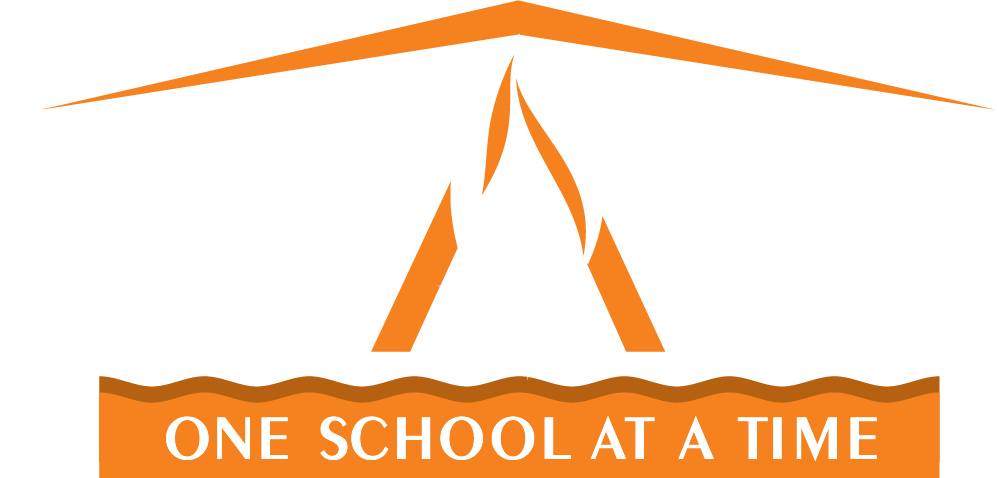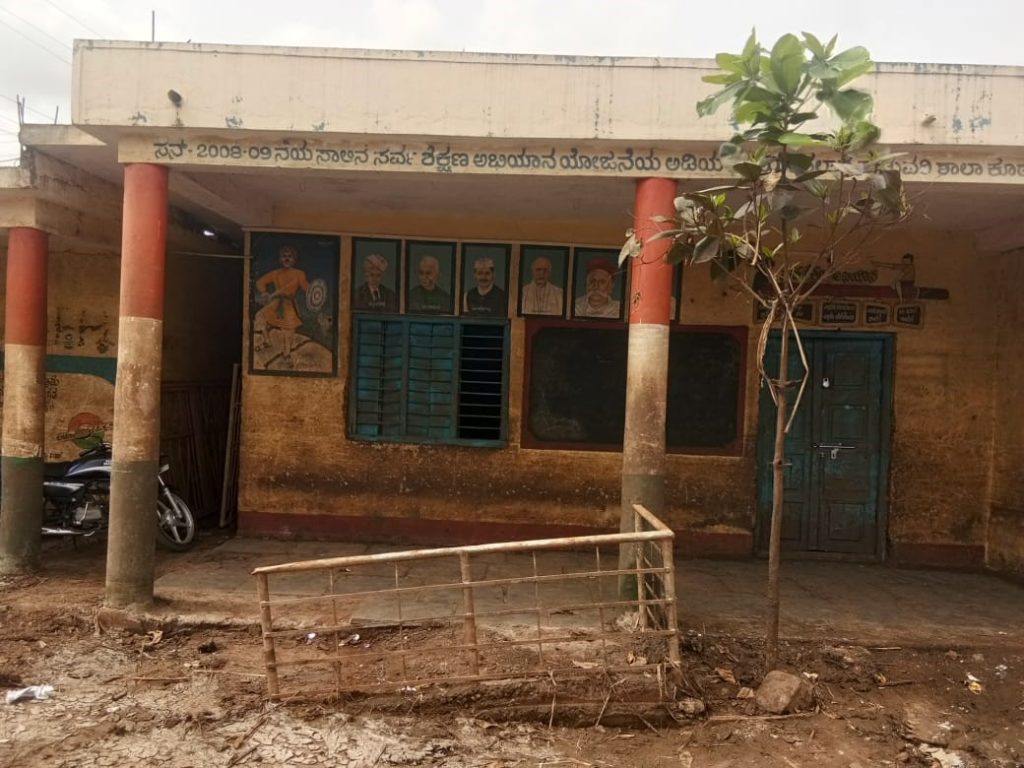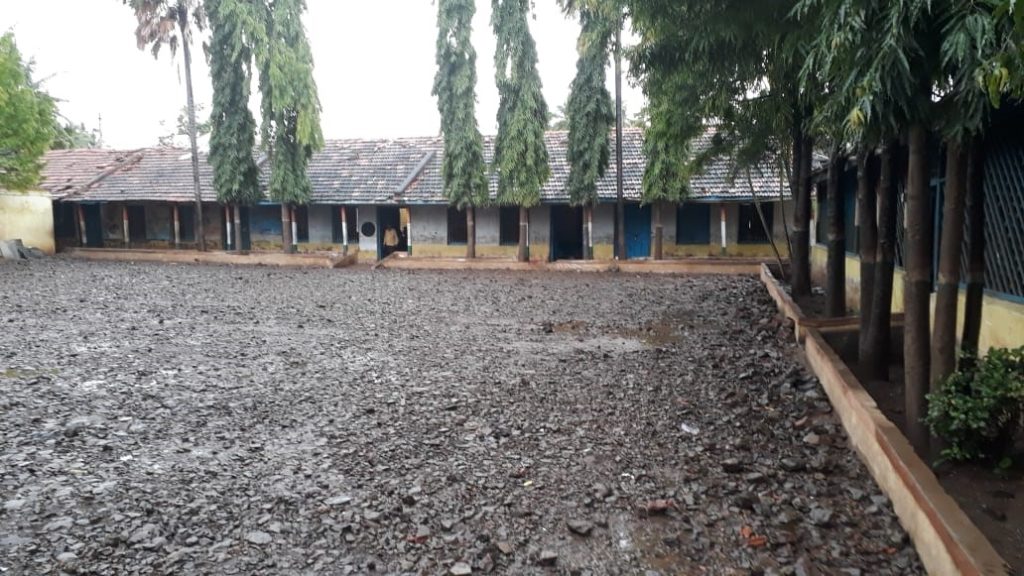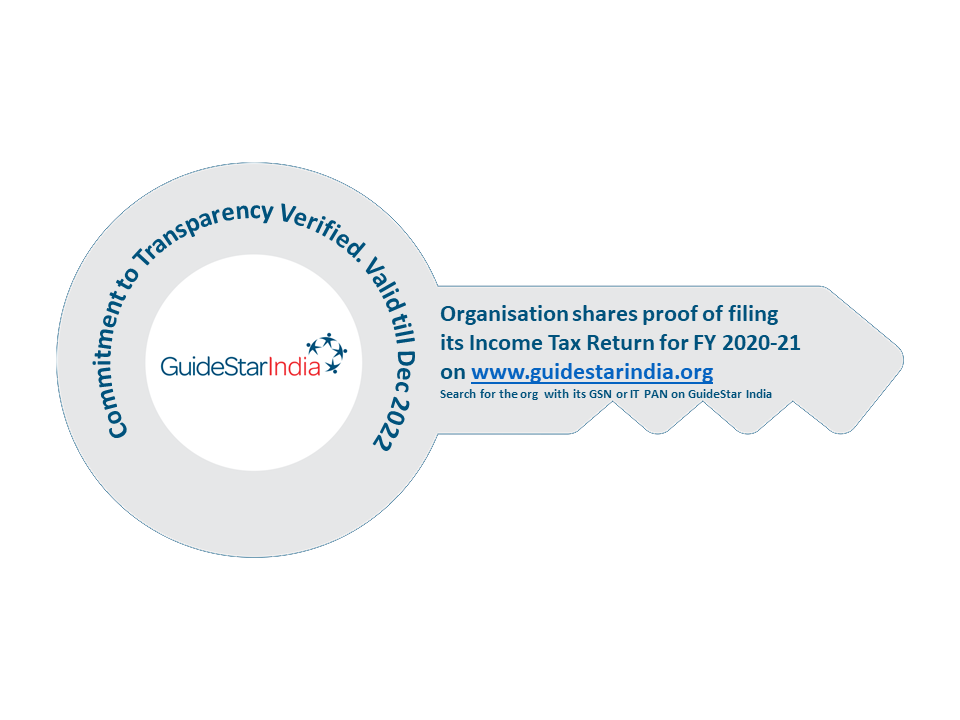Effect of floods on Indian schools
Education is the foundation of any nation and economy. Well educated citizens form the backbone of a country. Education opens up a whole new world of ideas, possibilities, opportunities, enables different perspectives, bring about inclusiveness, wealth of knowledge and well-being to name a few. It enables students’ bring about a viewpoint, have an opinion, a say, question the obvious and nurtures creativity.
According to the HRD Ministry, education spend in India is around 4.6% of GDP currently (Source: Economic Times, Mar 2019). In spite of this, India’s literary rate is at 72.1% (Source: UNESCO list of countries by literary rate (2015)) while the world average is at 86.3%. There is no doubt we have tremendous scope for improvement.
While there is significant improvement in the education system in urban India, rural India has a lot of catching up to do. There are societal and cultural issues, which discourages a child’s education (especially girls), lack of financial support and lack of proper infrastructure support, which hinders the students’ to pursue their dream of getting basic education.

Adding to this, the recent floods in different parts of the country has had a debacle effect on the infrastructure. News have been flashing across all social media platforms, newspapers, both national and international, and other communication channels on the miserable state of villages and schools. A new report estimated that nearly 5000 schools were damaged in Karnataka alone. Probably equal or more number of schools were damaged across Maharashtra and other parts of India. Heart wrenching photos of students trying to collect their floating books, wrecked desks and chairs, debris of the broken building, children trying to reassemble the pages of their text/notebooks in the hope of trying to give them some shape, teachers conducting classes under the trees and so on have surfaced on social media.

Whilst the damage is done, there is definitely hope and possibilities to rebuild and bring back the hope to the fading dreams of these students.
In an effort towards this OSAAT – One School At A Time – has taken upon itself to work tirelessly with the school staff, teachers and students of identified schools to rebuild the infrastructure and to enable continuous learning of the impacted students. Our volunteers are visiting flood affected villages and accessing the damages to the schools. We have visited more than 20 schools so far and we have been evaluating the damage and shortlisting the most deserved one.
Towards this endeavor, we have already taken up work in Govt Higher Primary School in Musagupi, Gokak Taluk, Belagavi District. This school has a total of 326 students of which 174 are girls and 152 are boys. We are also planning to take up at least 10 more schools in Karnataka and 10 schools in Maharashtra. Each of these projects are estimated to cost upward of 50 lakhs. It has been our on-going effort to seek donors to support us in this noble cause.
Our efforts have been possible with the support and partnership of like-minded donors, institutes, corporates, volunteers and other NGO’s.
Access to basic education is every student’s right. Together we can … let’s join hands in making this basic necessity of every child become reality!








